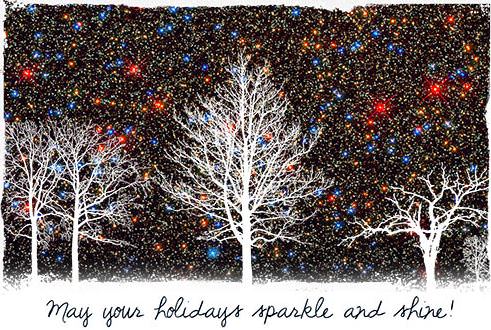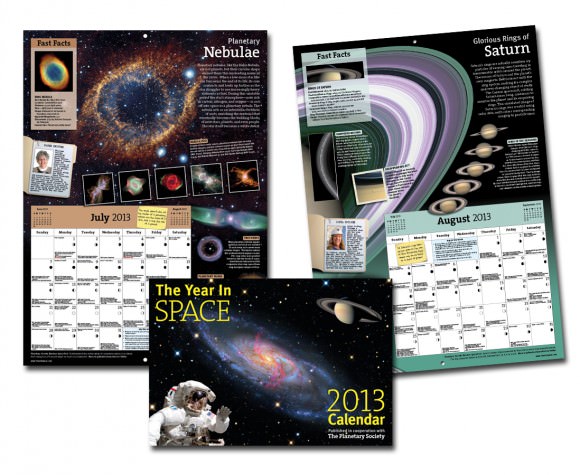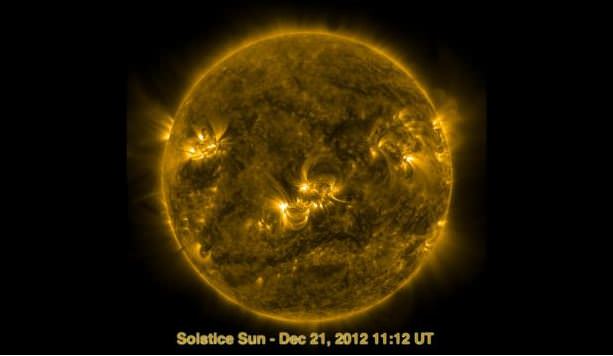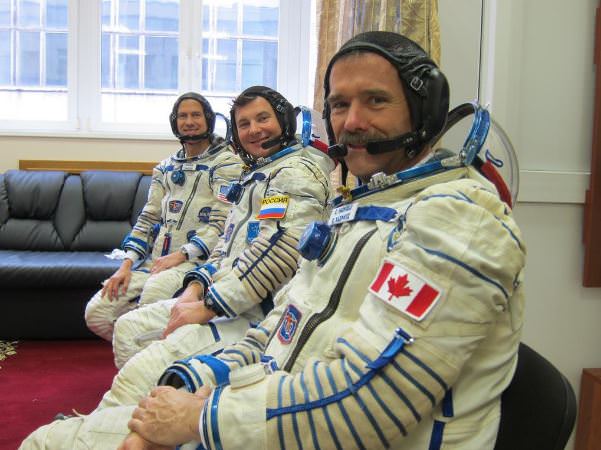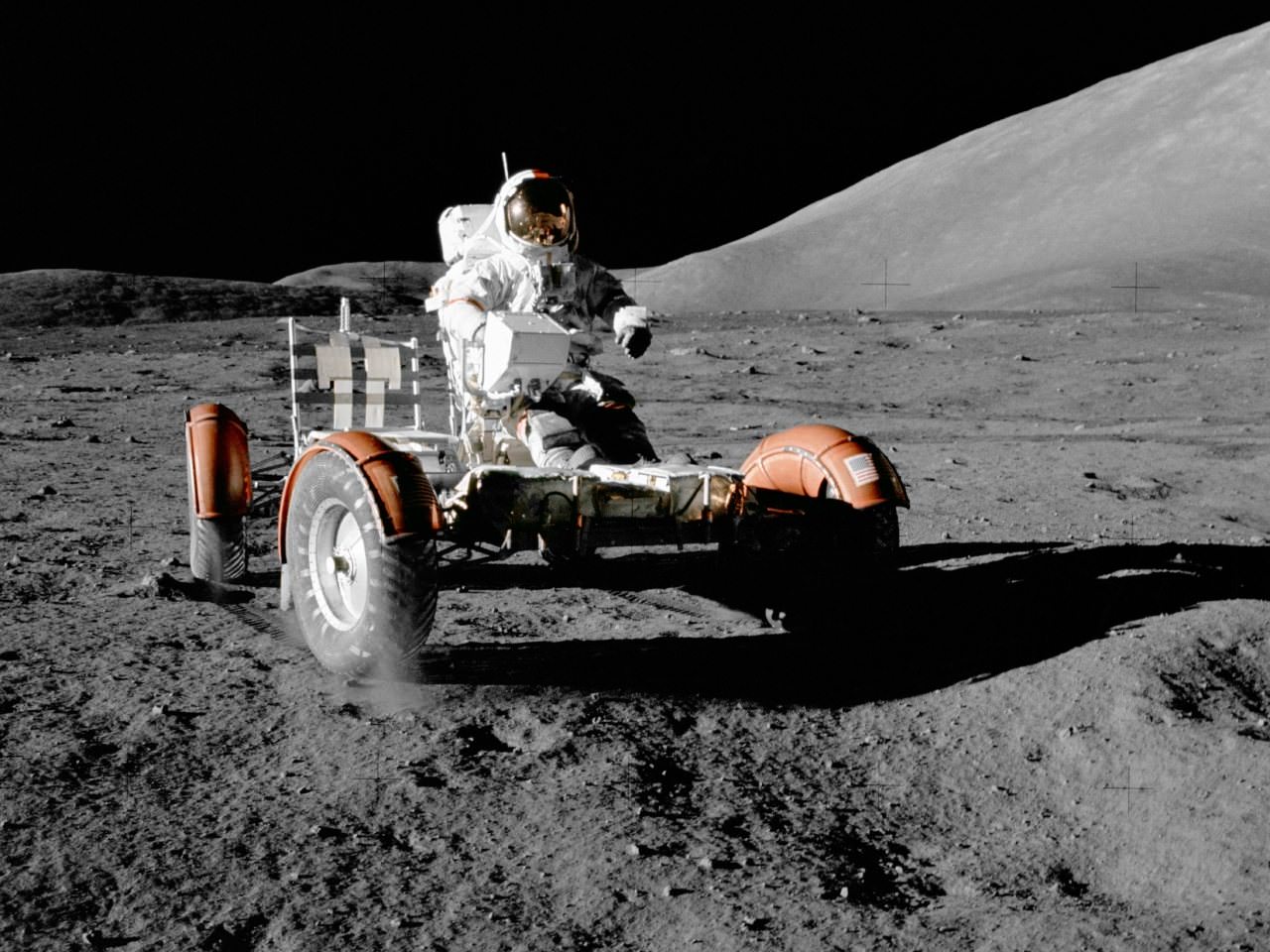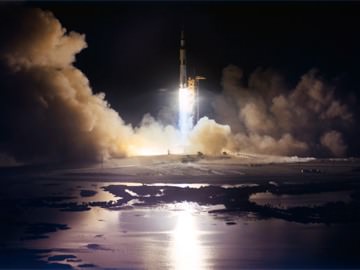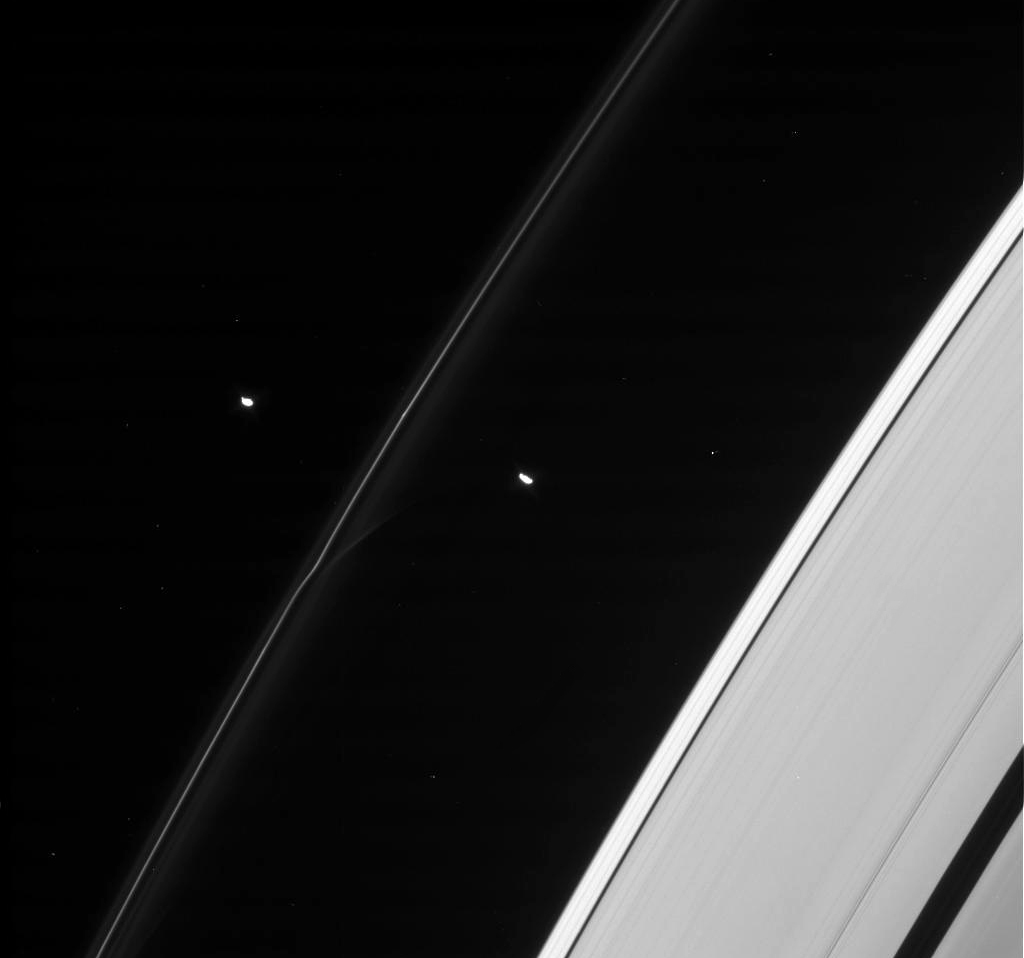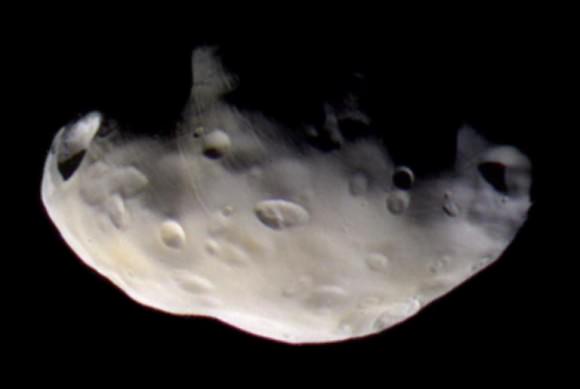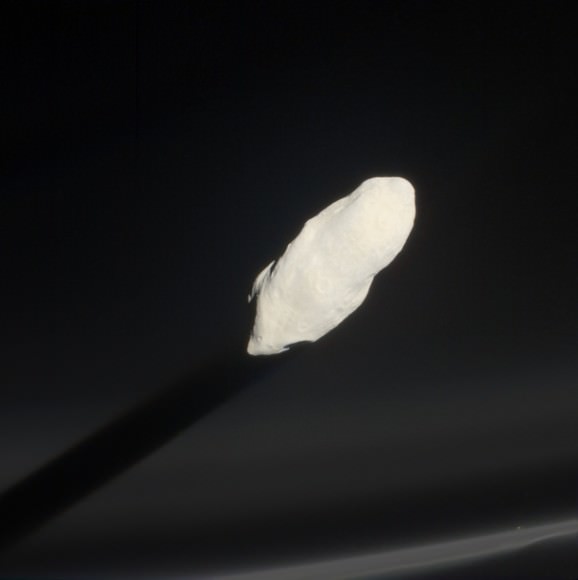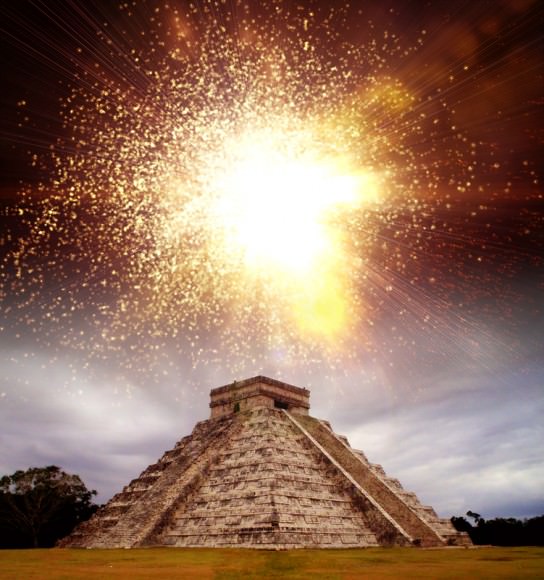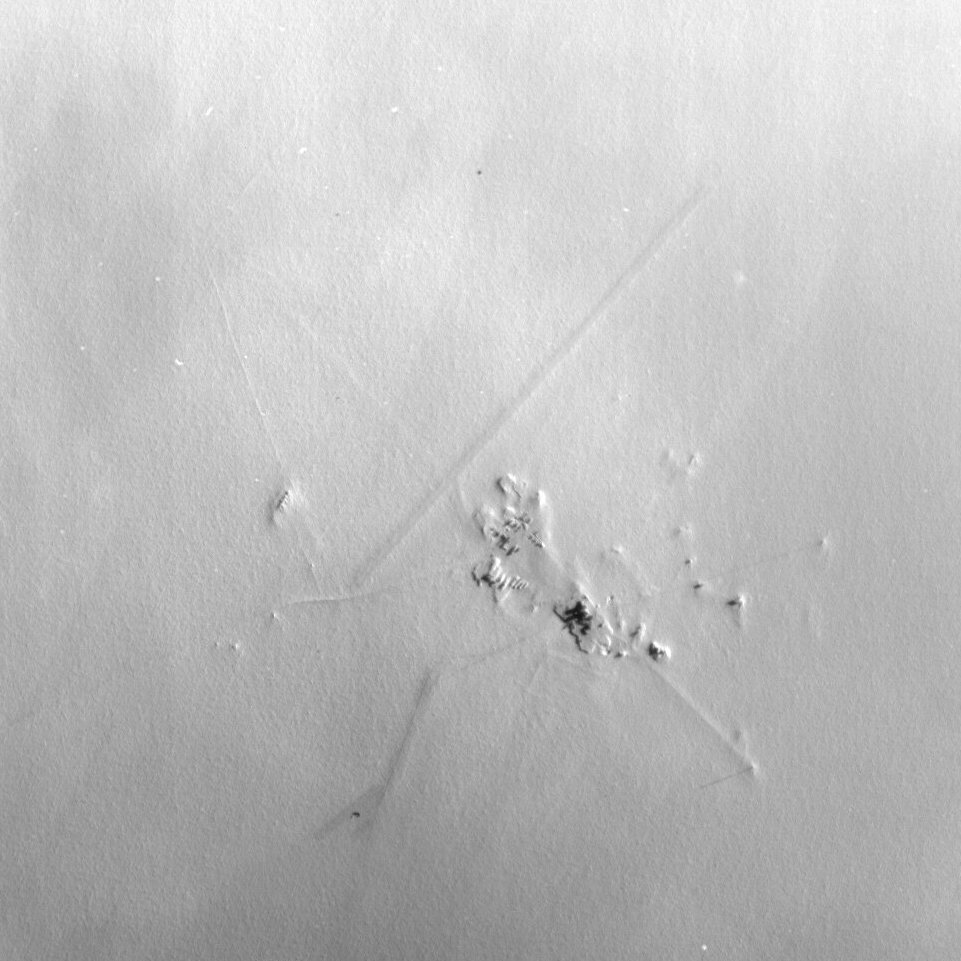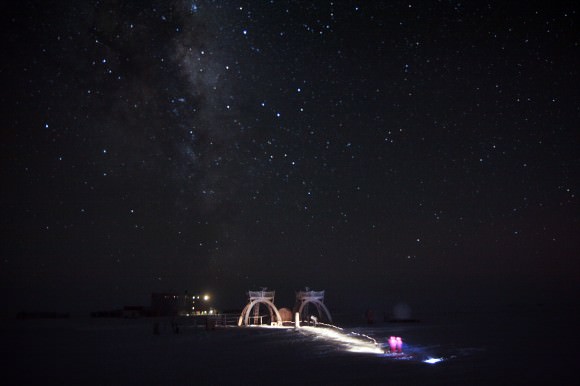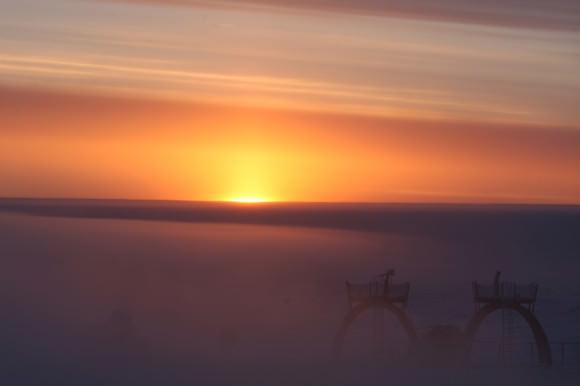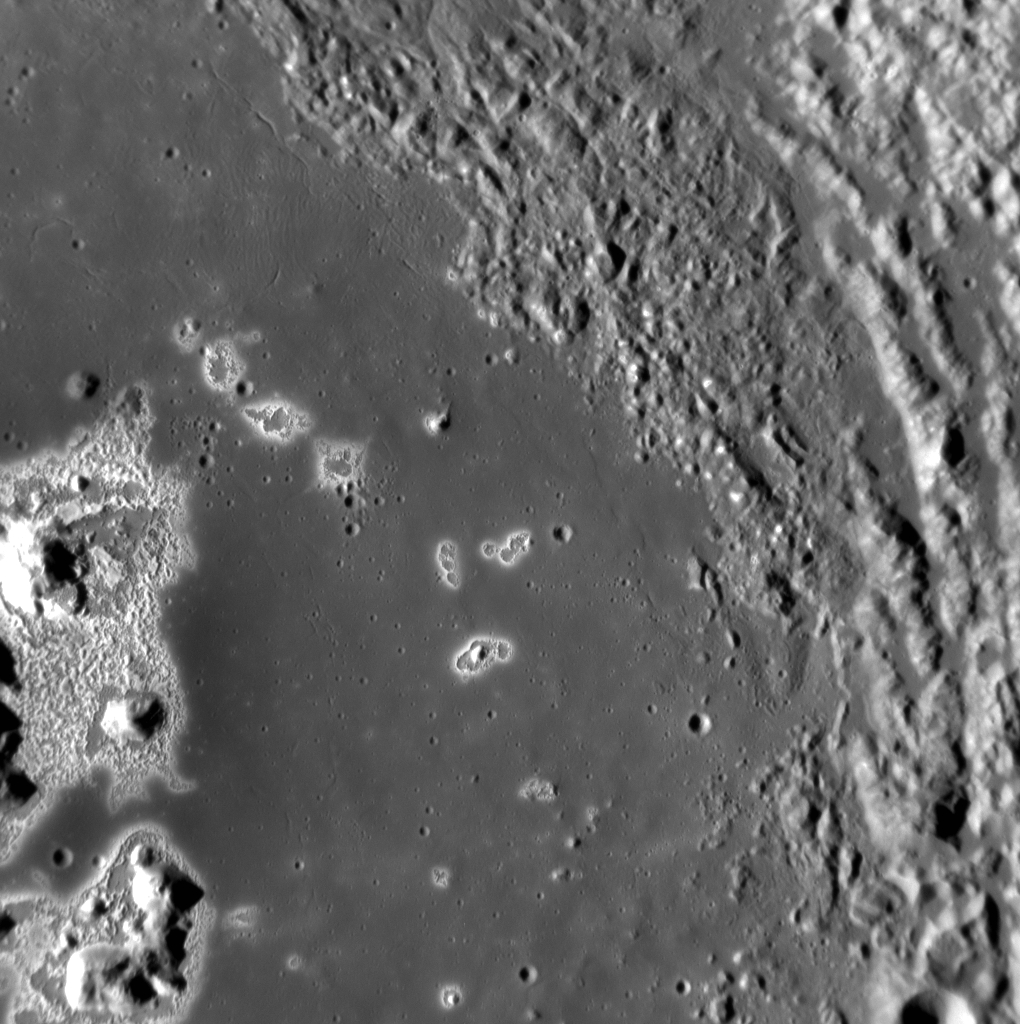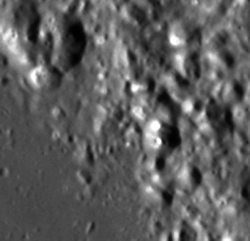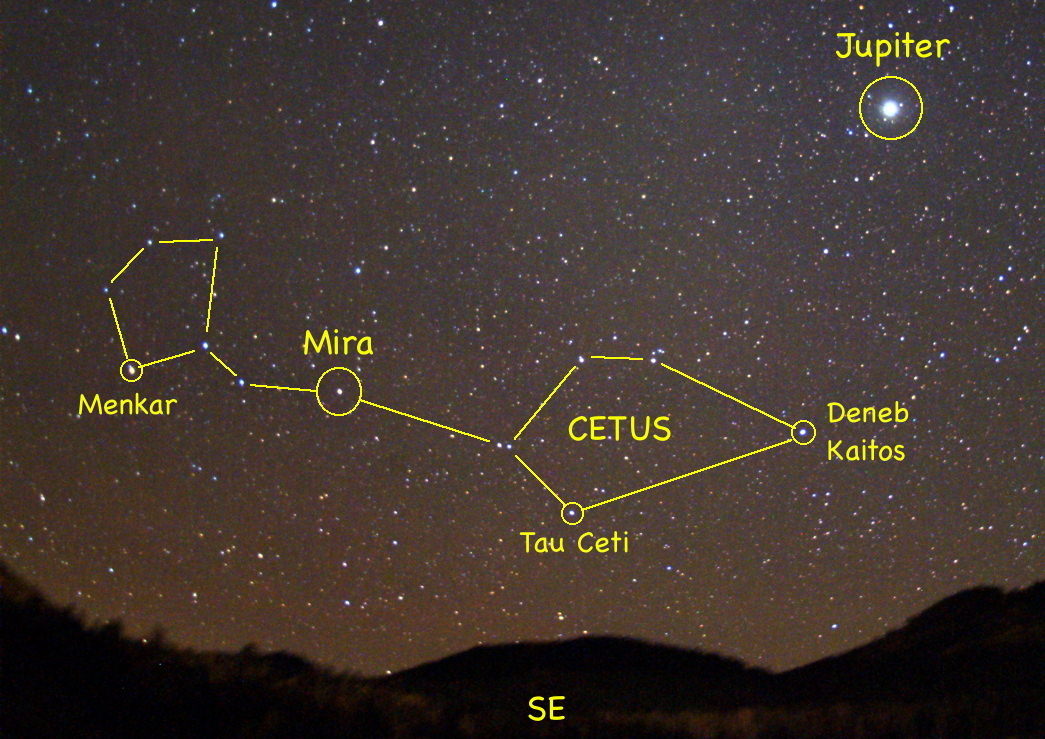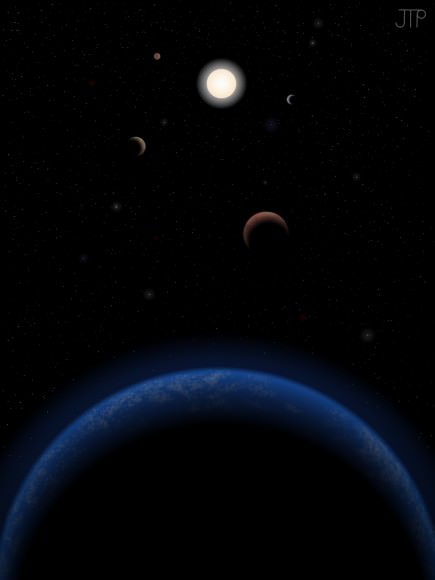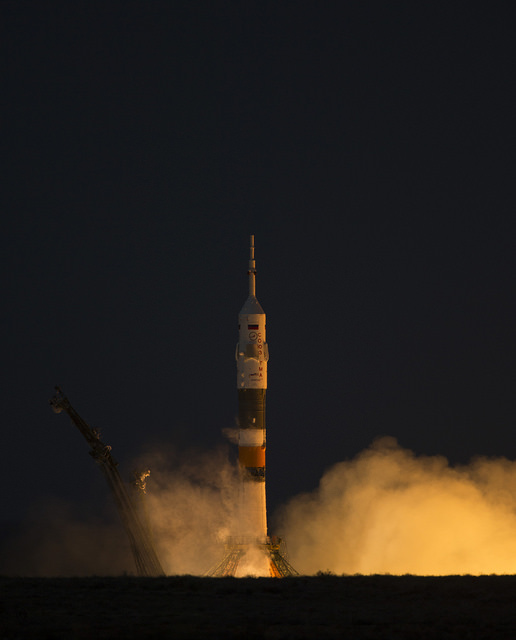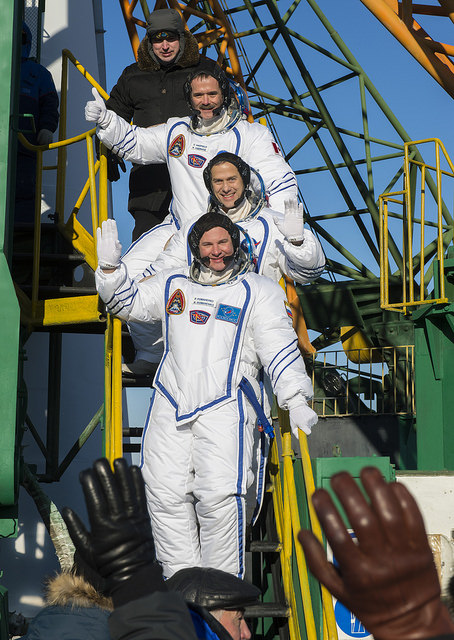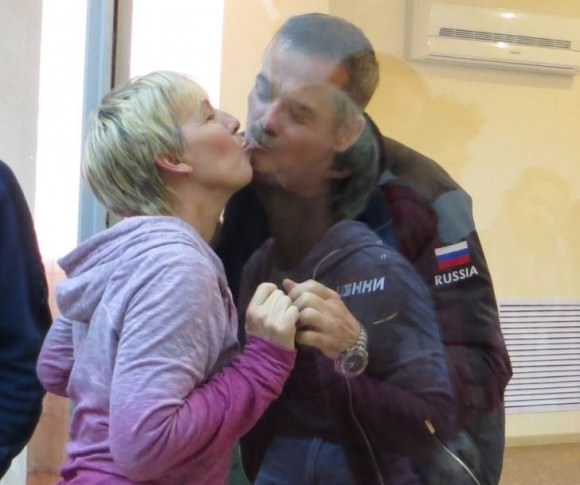I’m a last minute shopper, and luckily there are a lot of spacey gifts and greetings that you can still take advantage of. For example in the greeting card department, the Hubble Holiday Cards are fabulous, with loads of imagery from everyone’s favorite space telescope — such as the one above — that can be printed out and sent as cards, or it’s easy to nab one of their holiday greeting images to send via email, as I have done in the past! If you are looking for e-greeting cards, the European Space Agency has a great collection of images that can be sent to anyone in your email list.
What else?
Here’s a great deal and a way to support astronomy around the world: Astronomers Without Borders have recently added some great astronomy gear and goodies to their store for the holidays — and it’s a win-win situation for everyone, as many of these items are donations from manufacturers who support AWB, so they get 100% of proceeds!
If you aren’t familiar with AWB, they help support astronomy programs around the world, supplying resources and support for astronomy outreach. So, whether you’re buying a gift for someone else or for yourself, you can feel great about a purchase from the AWB store knowing it will be supporting great astronomy programs.
Hubble Star Cards are gorgeous, large playing cards for any age, now available in a high-quality, stunningly beautiful printed card set.
The cards are a just a bit larger than a normal card deck, at 3 inches by 5×5 inches, so the beautiful Hubble images are bigger and better. They sell for $24.95, but Universe Today readers can get 15% off using UNIVERSE as a coupon code. Check them out at the Hubblestarcards.com website.
The game includes 60 cards categorized by planets, planetary nebulae, supernovae remnants, nebulae, star clusters and galaxies, and possible games include War, Go Fish, Sorting, Distances and Matching. Although targeted for students 8 and older, preschoolers have played many of the games just by using the amazing imagery as a guide.
Also, we’ve been promoting the Year in Space 2013 Wall Calendars, and they truly are fabulous. The Wall Calendar was recently named “Science Geek Gift of the Year” over at Alan Boyle’s MSNBC’s Cosmic Log, — where you can see some other gift ideas.
As a special bonus, Universe Today readers pay only $12.95 per copy (or less), with free U.S. shipping and discounted International shipping. Again, visit Year in Space 2013 Wall Calendars,
While you are probably past the date for shipments on any of the above merchandise arriving before Christmas, a little preview of what is on the way could be placed in a stocking.

